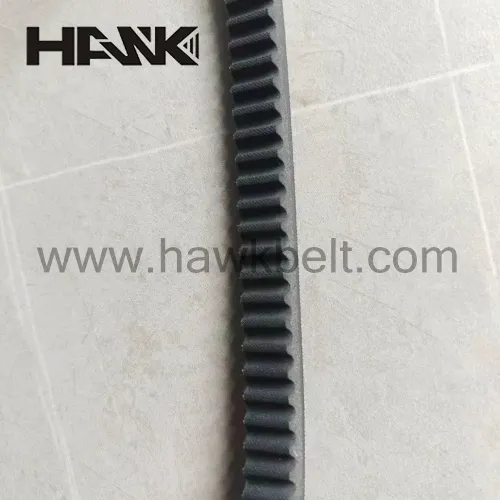- Arabic
- French
- Russian
- Spanish
- Portuguese
- Turkish
- Armenian
- English
- Albanian
- Amharic
- Azerbaijani
- Basque
- Belarusian
- Bengali
- Bosnian
- Bulgarian
- Catalan
- Cebuano
- Corsican
- Croatian
- Czech
- Danish
- Dutch
- Afrikaans
- Esperanto
- Estonian
- Finnish
- Frisian
- Galician
- Georgian
- German
- Greek
- Gujarati
- Haitian Creole
- hausa
- hawaiian
- Hebrew
- Hindi
- Miao
- Hungarian
- Icelandic
- igbo
- Indonesian
- irish
- Italian
- Japanese
- Javanese
- Kannada
- kazakh
- Khmer
- Rwandese
- Korean
- Kurdish
- Kyrgyz
- Lao
- Latin
- Latvian
- Lithuanian
- Luxembourgish
- Macedonian
- Malgashi
- Malay
- Malayalam
- Maltese
- Maori
- Marathi
- Mongolian
- Myanmar
- Nepali
- Norwegian
- Norwegian
- Occitan
- Pashto
- Persian
- Polish
- Punjabi
- Romanian
- Samoan
- Scottish Gaelic
- Serbian
- Sesotho
- Shona
- Sindhi
- Sinhala
- Slovak
- Slovenian
- Somali
- Sundanese
- Swahili
- Swedish
- Tagalog
- Tajik
- Tamil
- Tatar
- Telugu
- Thai
- Turkmen
- Ukrainian
- Urdu
- Uighur
- Uzbek
- Vietnamese
- Welsh
- Bantu
- Yiddish
- Yoruba
- Zulu
Samh . 16, 2024 15:21 Back to list
sewing machine timing belt
Understanding the Importance of Timing Belts in Sewing Machines
When it comes to sewing machines, many people often focus on the needle, thread, and fabric. However, one of the most crucial components that keeps a sewing machine functioning smoothly is the timing belt. This unassuming part plays a vital role in the accuracy and efficiency of sewing, and understanding its function can greatly enhance your sewing experience.
What is a Timing Belt?
A timing belt is a flexible band of material that connects the sewing machine's motor to the needle mechanism. Its primary function is to synchronize the moving parts of the sewing machine, ensuring that the needle goes up and down at exactly the right moments. This precision is essential for stitching consistently and preventing issues like skipped stitches or uneven tension.
Timing belts can be made from various materials, including rubber and reinforced fabric, and they come in different sizes and designs depending on the sewing machine model. Regular maintenance and timely replacement of the timing belt are necessary for keeping a sewing machine in optimal working condition.
How a Timing Belt Works
The operation of a sewing machine timing belt can be understood by exploring the mechanics involved. When you press the foot pedal of the sewing machine, it activates the motor, which in turn rotates the timing belt. The movement of the belt is transferred to the needle bar, causing the needle to move up and down in a synchronized manner.
This synchronization is vital for creating a lockstitch, which is commonly used in sewing. If the timing belt is off, it can result in misalignment, leading to problems such as fabric bunching, thread breakage, or even damage to the sewing machine itself. This interdependence highlights the importance of the timing belt in the overall functionality of the sewing machine.
Signs of a Worn Timing Belt
Just like any other part of a mechanical system, timing belts can wear out over time. Here are some signs that your sewing machine's timing belt may need replacement
1. Unusual Noises If you hear grinding or screeching sounds during operation, it could indicate that the timing belt is worn or misaligned.
2. Skipped Stitches A machine that is unable to create a uniform stitch pattern may be experiencing timing issues due to a faulty belt.
sewing machine timing belt

4. Visible Wear and Tear Inspecting the timing belt may reveal cracks, fraying, or stretching, all of which are signs that it needs to be replaced.
If you notice any of these symptoms, it is essential to consult your sewing machine's manual or a professional technician to assess the situation.
Maintaining Your Timing Belt
To prolong the life of your sewing machine’s timing belt, proper maintenance is critical. Here are some tips to ensure its longevity
1. Regular Cleaning Dust and lint can accumulate around the timing belt and other internal components. Regularly cleaning your sewing machine will help prevent build-up.
2. Lubrication Some timing belts require lubrication to function smoothly. Refer to your sewing machine's manual for specific lubrication instructions.
3. Proper Usage Adhering to the manufacturer's guidelines for usage can prevent undue stress on the timing belt. Avoid sewing through thick materials that exceed your machine's capacity.
4. Scheduled Inspections Regularly inspect the timing belt for signs of wear, especially if you use your sewing machine frequently.
Conclusion
The timing belt may be a small, often overlooked component of a sewing machine, but it plays a vital role in ensuring precise and efficient sewing. By understanding its function and signs of wear, you can take proactive steps to maintain your machine's performance. Regular inspections and timely replacements will not only extend the life of your timing belt but also enhance your overall sewing experience, ensuring that each stitch is as perfect as it should be. Remember, in the world of sewing, every part matters, and a well-functioning timing belt is key to flawless creations.
-
Premium Timing Belt Factory | AI-Optimized Solutions
NewsAug.02,2025
-
Premium Custom V Belts Enhanced with GPT-4 Turbo AI
NewsAug.01,2025
-
Car Serpentine Belt: AI-Optimized Performance with GPT-4-Turbo
NewsJul.31,2025
-
Heat Joining Drive Belt | High-Durability Fusion Solution
NewsJul.31,2025
-
Timing Belt Video Guide: Selection, Design & Quality Insights
NewsJul.30,2025
-
High-Performance Variable Speed V Belt Drive for Efficient Power Transmission
NewsJul.30,2025

